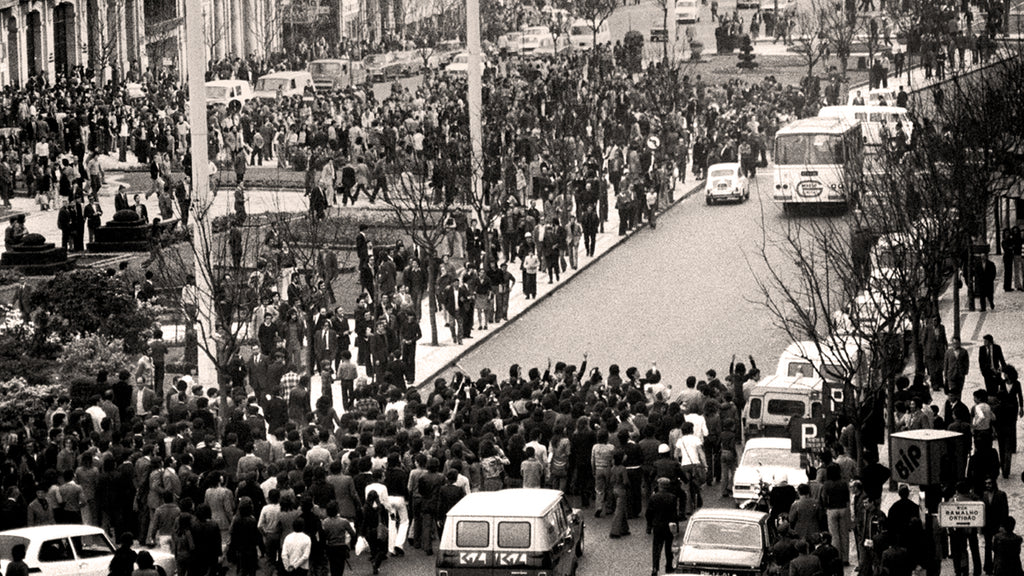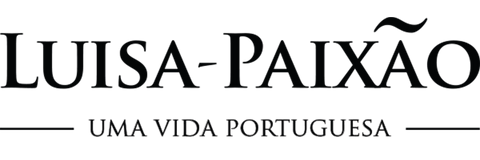April 25, 1974, marks a pivotal moment in Portugal's history. It signifies the beginning of the Carnation Revolution, which ultimately led to the downfall of the authoritarian regime and paved the way for a new era of democracy two years later.

The Portuguese context in the 1970s
Portugal had been under dictatorship since 1926, ruled by the Estado Novo, a conservative and nationalist regime supported by the military and a political police force. Marcelo Caetano, who succeeded Salazar, led this regime.
In 1974, Portugal faced economic challenges compared to other European nations, and its society was marked by moral conservatism and limited freedoms for its citizens.
The country was also entangled in colonial conflicts, notably in Angola, a Portuguese colony, as well as facing independence movements in Mozambique and other colonies.
Additionally, Portugal was grappling with significant emigration driven by poverty and military conscription, leading to a depletion of the country's human resources.

Consequently, officers and non-commissioned officers appealed to Marcelo Caetano for a political resolution to the colonial wars.
However, the ruling regime rebuffed any compromises, leading some officers to establish the Armed Forces Movement (MFA) in 1973. The MFA would later play a pivotal role in the Carnation Revolution.
In February 1974, "Portugal and the Future," authored by António de Spínola, Vice-Chief of the Armed Forces, was publicly released. This publication signified Spínola's opposition to the existing government.

April 25, 1974 hour by hour
On April 25th, the Armed Forces Movement launched a series of operations to overthrow the dictatorial regime, seizing control of vital strategic points across the country.
In a matter of hours, the regime collapsed, prompting Marcelo Caetano to resign and hand over power to the Junta de Salvação Nacional (JSN), headed by Spínola. In his capacity as leader, Spínola pledged to restore civilian rule following free and fair elections.
25 April at 00:20AM
The MFA military forces gained control of the national radio station and proceeded to broadcast "Grândola, Vila Morena," a song advocating for the liberation of Portugal.
Shortly thereafter, the military troops began to mobilize: those stationed in Santarém made their way to Lisbon, while troops located in Figueira da Foz, Lisbon, Mafra, Tomar, Vendas Novas, Viseu, and other locations strategically positioned themselves around their targets.

25 April at 03:00AM
Lisbon and Porto airports were shut down, and flights were redirected to Spain. The MFA gained control over RCP and RTP radio stations, as well as the primary transmitters. Additionally, the MFA took control of the military region headquarters in Oporto.

25 April at 4:15AM
The existing regime responded by directing the forces stationed in Braga to launch an attack on Oporto with the aim of regaining control of the military headquarters.

April 25 at 4:26AM
Speaking on the national Portuguese radio, the MFA urged citizens to remain in their homes, while advising medical personnel to report to hospitals as usual. Soldiers who were on duty were also advised to avoid confrontations with MFA troops.

April 25 at 5:00AM
The Portuguese political police, known as PIDE, advised Marcelo Caetano to make his way promptly to the headquarters of the GNR (Guarda Nacional Republicana).
April 25 at 05:30AM
MFA troops gained control of several strategic locations, including the Ministry of the Army, the Lisbon City Council, the Bank of Portugal, and the police offices of the PSP.

April 25 at 07:00AM
Upon hearing the MFA message instructing them to remain indoors, the Portuguese population defied the order and took to the streets, joining forces with the insurgent military.

April 25 at 09:00AM
The frigate "Gago Coutinho" was instructed to halt in front of Terreiro do Paço (Trade Square in Lisbon) and initiate a counterattack, but failed to follow through with the order.

April 25 at 10:00AM
Celeste Caeiro attempted to distribute her carnations at various restaurants in Lisbon, but found that they were all closed. She then decided to offer the flowers to the soldiers who were occupying the streets. The soldiers, in a peaceful gesture, placed the carnations in the barrels of their rifles.

Within hours, demonstrations erupted in the streets of Lisbon and other cities throughout the country. Thousands of people joined in the protests, showing their support for the military and protesting against the dictatorship.
The crowds sang, danced, and waved Portuguese flags, creating an atmosphere of celebration and hope.

April 25 at 4:30PM
The ultimatum issued to Marcelo Caetano has come to an end. Spinola goes to the GNR headquarters and receives his resignation. Caetano is taken away in an armored car and will be exiled.

April 25 at 11:30PM
The members of the JSN (Junta de Salvação Nacional) appear on television (RTP) and promise to return power to civilians after free elections are held.
The years following April 25, 1974
Portugal quickly recognized the right to self-determination for its colonies in 1974. Guinea-Bissau declared its independence followed by Mozambique, Cape Verde, Sao Tome and Principe, and Angola.
However, divisions arose within Portugal between the MFA, which wanted a radical revolution, and the socialists, who aimed for a more moderate approach. The country was rocked by numerous strikes, occupations of large landowners' lands, and attempted coups.

It wasn't until the adoption of the current Portuguese Constitution on April 2, 1976, and the election of Ramalho Eanes that the situation stabilized.



1 comment
I was an Australian tourist and was taking home movies when directed at gunpoint to stop filming the Revolution, interesting times.